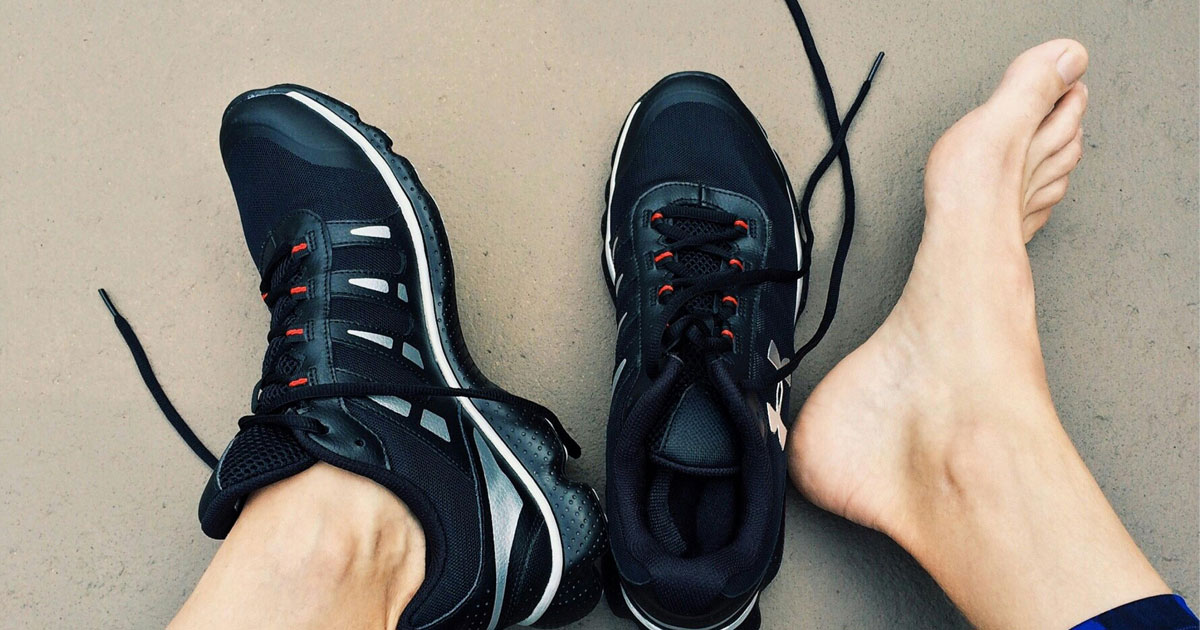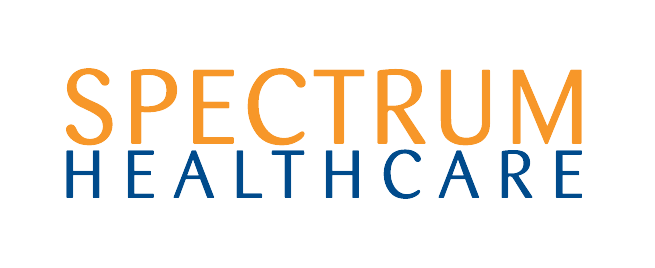
Lisfranc Injuries: A Comprehensive Guide for Athletes
What is a Lisfranc Injury?
A Lisfranc injury involves harm to the Lisfranc joint complex in the midfoot, where the metatarsal bones (forefoot) connect to the tarsal bones. These injuries vary from mild sprains to severe fractures or dislocations, often impacting ligaments and bones.
Historically, Lisfranc injuries were first recognised by Napoleon-era surgeon Dr. Lisfranc, who treated soldiers with midfoot injuries. Today, these injuries are common in sports such as rugby, football, basketball, and netball.
How Lisfranc Injuries Occur in Athletes
Lisfranc injuries typically result from trauma to the midfoot:
- Direct Trauma: A direct blow to the foot.
- Indirect Trauma: Twisting injuries. Common in sports, these occur when the foot is planted, and the body rotates, such as a football player stepping into a divot or a dancer landing awkwardly. An opponent accidentally steps on your foot and pins it to the ground as you try to continue your run or change direction.
- Repetitive Micro-trauma: Repetitive stress and poor footwear can lead to Lisfranc injuries. Proper footwear is essential for preventing midfoot sprains.
Symptoms of a Lisfranc Injury
Common symptoms include:
- Pain in the midfoot, worsened by standing or walking.
- Swelling and bruising on the top or bottom of the foot.
- Inability to bear weight, especially in severe cases.
- Possible foot widening.
- Tenderness when pressing on the midfoot.
Grading Lisfranc Injuries
Lisfranc injuries are classified by severity:
- Grade I (Mild): Sprain of the Lisfranc ligament with no bone displacement or joint instability. Mild pain and swelling; often able to bear weight.
- Grade II (Moderate): Partial ligament tearing with slight joint widening or minor fractures. Painful weight-bearing and some instability.
- Grade III (Severe): Complete ligament rupture, fractures, or dislocations, leading to significant joint instability. Weight-bearing is typically impossible, and surgery is often required.
Imaging for Accurate Diagnosis:
Accurate diagnosis is crucial. At Spectrum, we may refer you for imaging:
- X-rays: Standard weight-bearing X-rays reveal fractures or joint widening. Non-weight-bearing X-rays may miss subtle injuries.
- CT Scans: Detailed views of bone fractures and joint alignment, useful for surgical planning.
- MRI: Assesses soft tissue damage, such as ligament tears, and subtle bone injuries.
Spectrum's Treatment Options
Our Spectrum experts provide comprehensive care:
- Surgical Consultation
Grades II and III injuries often require surgical intervention. We can connect you with trusted specialists and surgeons for the best possible care. - Rehabilitation
Whether post-operative or for lower-grade injuries, rehabilitation is crucial. - Immobilisation
A period of immobilisation is implemented, regardless of the grade - Pain Management
Modalities like Game Ready hot and cold contrast therapy to reduce inflammation and pain. - Soft Tissue Therapy:
Techniques like myofascial release, active release therapy, sports massage, dynamic cupping and dry needling to address scar tissue and improve muscle flexibility, reducing pain and inflammation. - Biomechanical Assessment
Evaluating foot and lower limb alignment to correct imbalances that may contribute to re-injury. Custom orthotic inserts to support the arch and stabilise the Lisfranc joint during recovery. - Gait Training
Correcting abnormal walking patterns to reduce stress on the healing foot. Utilising our Alter-G gravity-altering treadmill to help you transition back to regular weight-bearing, running, and returning to sports. - Joint Mobilisation
Gentle passive mobilisations to improve midfoot and ankle joint mobility, reducing stiffness post-immobilisation. - Range of Motion Exercises
Gradual exercises to restore foot and ankle flexibility, starting with non-weight-bearing movements. - Strengthening
Targeted exercises for the intrinsic foot muscles, calf, and lower leg to support the Lisfranc joint. - Proprioception Training
Balance exercises (e.g., using a wobble board) to improve stability and prevent future sprains. - Functional Rehabilitation
Sport-specific drills for athletes, such as side-stepping or jumping, to prepare for return to activity.
Lisfranc injuries can be tough for athletes, needing long recovery and expert care. At Spectrum, our experienced sports practitioners are ready to diagnose and help you get back to your best performance. If you think you have a Lisfranc injury, contact us today on (02) 9889 3344 to begin your path to recovery.
